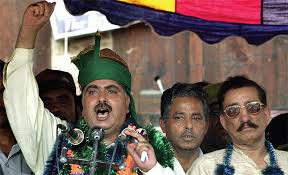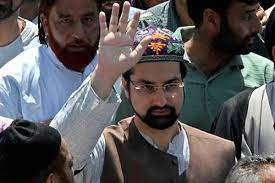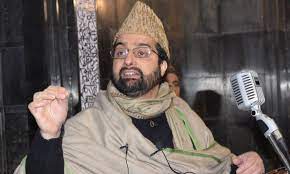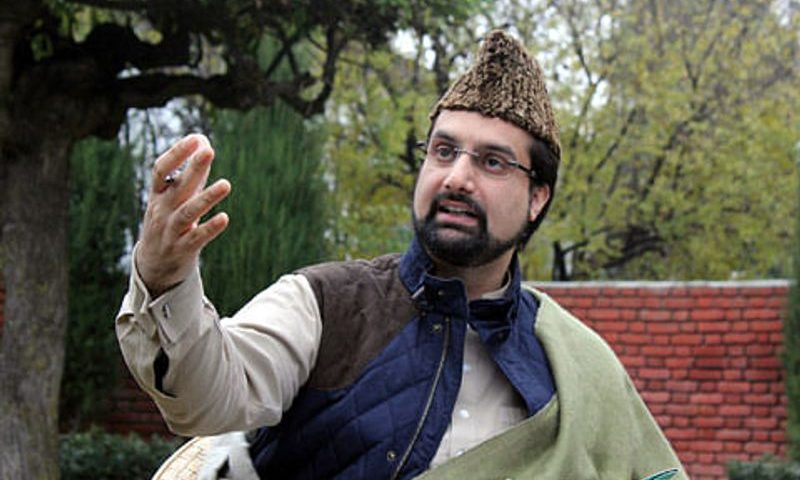A report finds some officials of the Indian Army responsible for various massacres in J&K. However, the guilty are yet to be brought to justice.
 On 5 October 1996, at around 7.30 pm 20-30 gunmen of Ikhwanul Muslimoon “in civilian clothing and long military boots” led by their commander Abdur Rashid Parray alias Billa drove in a truck into Sadrekoot-Bala, a hamlet on the periphery of the village Hajin, it was the Valley’s counter-insurgency capital then, ruled by its dreaded supremo Kuka Parray.
On 5 October 1996, at around 7.30 pm 20-30 gunmen of Ikhwanul Muslimoon “in civilian clothing and long military boots” led by their commander Abdur Rashid Parray alias Billa drove in a truck into Sadrekoot-Bala, a hamlet on the periphery of the village Hajin, it was the Valley’s counter-insurgency capital then, ruled by its dreaded supremo Kuka Parray.
They knocked at the house of Ghulam Qadir Dar. Apprehending the danger to his life, Dar was advised by his family members to rush upstairs and hide in the attic. His wife Hajra Begum went to open the door. Soon after Dar heard screams of his family members and the gunshots ringing through the air. One bullet, he recalls, ricocheted through the roof. By the time he gathered the courage to go downstairs, three of his injured nephews — Mohammad Yusuf Dar, Hilal Ahmad Dar and Ghulam Mohiuddin — were writhing in pain in the passage. In the courtyard, his wife Hajira Begum, daughter Jawa, son Abdul Salam Dar and nephew Abdur Rashid Dar were lying in a pool of blood, all dead.
Billa and his gang had left. They were now knocking at the door of Saif-u-Din Dar in the same village. However, before Dar could open it, Billa forced his way in and shot him dead.
Ikhwanul Muslimoon was a pro government counter-insurgent group. The provocation for the seven murders was the victims’ alleged support for the rival National Conference (NC) candidate during the 1996 election in which Kuka Parray was also a candidate from the constituency. Parray, later assassinated by the militants, had been declared the winner a day before.
Nineteen years have passed but the killers are yet to be brought to justice. Though police cases have been registered, and the perpetrators identified, no action has been taken.
The massacre is one of the many carnages that have been recorded in an 800 page report titled Structures of Violence prepared over three years by the International Peoples’ Tribunal on Human Rights, Justice in Indian-Administered Kashmir (IPTK) and Association of Parents of Disappeared Persons (APDP).
Some of the other members of Billa’s group identified by the victims’ family members are Mohammad Ayoob Dar, Wali Mohammad Mir, Nazir Ahmad Wani, Bashir Ahmad Pehlu alias Band (clown), Nazir Ahmad Parrey alias Fauji, Bashir Ahmad Parray alias Bilal, Manzoor Ahmad Reshi, Manzoor Ahmad Parray (a cousin of Kuka Parray).
The impunity enjoyed by Ikhwan, a group which was disbanded during the late 90s, is emblematic of the lingering state of affairs in Kashmir, says the report. Ikhwan was supported by the government. They got weapons, ammunition, money and “plenty of alcohol” from the army.






